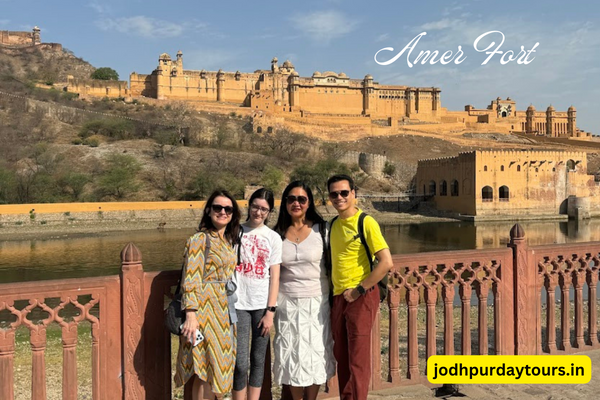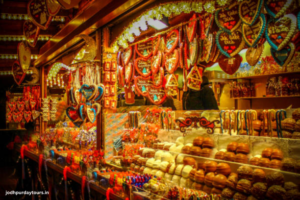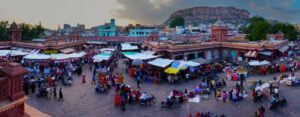The foundation of Amer Fort in Jaipur, Rajasthan dates back to the late 16th century. It was initially built by Raja Man Singh I, who was a trusted general of Emperor Akbar. The fort was constructed using red sandstone and marble, showcasing a blend of Over the years, subsequent rulers expanded and modified the fort complex. Raja Jai Singh I, who ruled in the early 17th century, further fortified and expanded Amer Fort, adding new structures and fortifications. Amer Fort was strategically located on a hilltop, providing a defensive advantage and a commanding view of the surrounding landscape. The Mughal influence is evident in many aspects of Amer Fort’s architecture and design. Elements such as intricate marble work, ornate domes, and beautiful gardens reflect the Mughal aesthetic that was incorporated into the fort during its construction and renovations. In modern times, Amer Fort has become a major tourist attraction, drawing visitors with its impressive architecture, stunning views, and historical significance. It has also been featured in films, documentaries, and cultural events, further enhancing its global recognition. Today, Amer Fort stands as a testament to the architectural brilliance of its builders and the enduring legacy of Rajasthan’s royal heritage. It continues to captivate visitors with its grandeur, artistry, and historical narratives.
Key Attractions:-Amer Fort In Jaipur
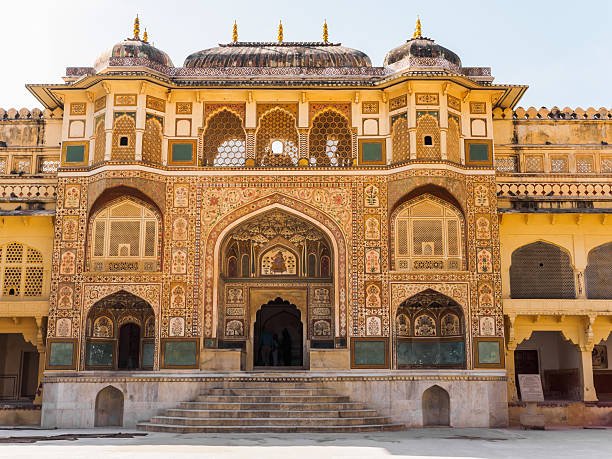
Ganesh pol Gatway Amer Fort
The gate is named after Lord Ganesh, Amer Fort Destinastion in Jaipur, Rajasthan the Hindu deity known as the remover of obstacles and the god of beginnings. It is dedicated to Lord Ganesh, and the gate itself reflects elements of Hindu religious symbolism and artistry.Ganesh Pol is renowned for its intricate and colorful artwork. The gate is adorned with beautifully painted frescoes, intricate patterns, and detailed carvings that showcase the craftsmanship of the artisans of that era. he architectural style of Ganesh Pol is a blend of Rajput and Mughal influences, reflecting the cultural fusion that characterized the art and architecture of Amer Fort in Jaipur, Rajasthan during the Mughal period.
The artistic detailing on Ganesh Pol includes depictions of floral motifs, geometric patterns, mythological scenes, and intricate designs that showcase the artistic finesse of the craftsmen of that era. The use of vibrant colors, including blues, greens, reds, and gold, adds to the gate’s visual appeal and makes it a standout feature within the fort complex.
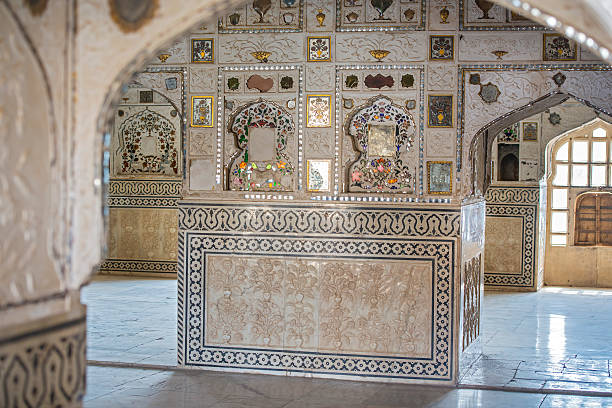
Sheesh Mahel
The Sheesh Mahal, also known as the Mirror Palace, is one of the most famous attractions within Amer Fort in Jaipur, Rajasthan, India. The Sheesh Mahal was built during the reign of Raja Man Singh I in the 16th century. It reflects the opulence and artistic sensibilities of the Rajput rulers of that era. The purpose of the Sheesh Mahal was not only aesthetic but also functional. The mirrors were strategically placed to enhance the lighting within the palace, especially during candlelit evenings and festive occasions. The Sheesh Mahal is renowned for its breathtaking beauty and intricate craftsmanship. It is entirely adorned with tiny mirrors (sheesh), which are embedded into the walls, ceilings, and arches. The mirrors are arranged in intricate patterns, creating a dazzling effect when light reflects off them. The craftsmanship is so exquisite that the Sheesh Mahal is often referred to as a “Palace of Mirrors.
The Sheesh Mahal symbolizes the Rajput love for beauty, luxury, and artistry. It is a prime example of the fusion of Hindu and Islamic architectural styles, with intricate mirror work complementing the marble and sandstone structures. Visitors to the Sheesh Mahal are captivated by the play of light and reflections, creating a magical ambiance that transports them to a world of elegance and grandeur.
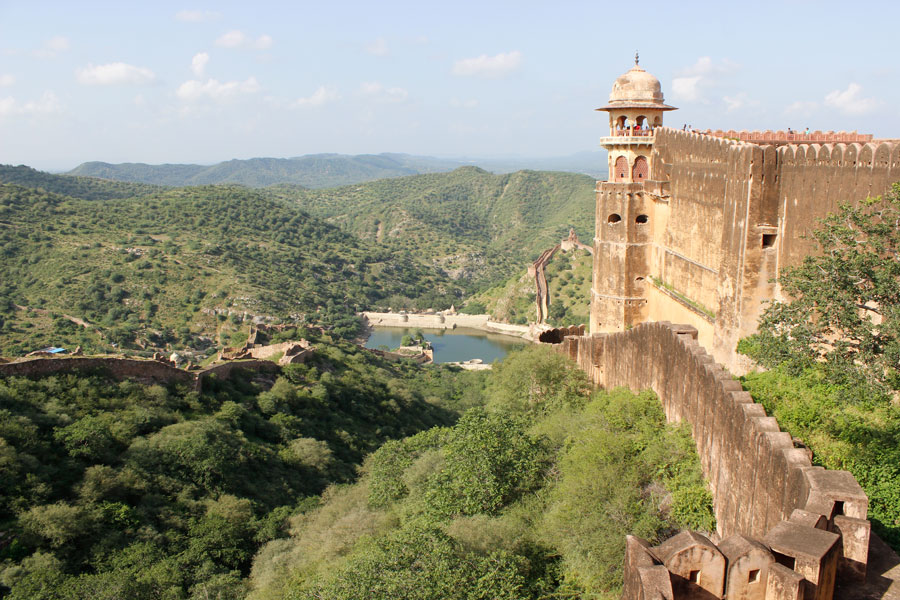
Explore The Jaigarh Fort
Jaigarh Fort is often associated with Amer Fort due to their close proximity and shared history. Both forts are located in Jaipur, Rajasthan, India, and are situated on hills overlooking the city. While they are separate forts, they are often visited together by tourists due to their interconnectedness.
Jaigarh Fort is located on the Cheel ka Teela (Hill of Eagles) of the Aravalli range, near Amer Fort. It was built by Maharaja Jai Singh II in the early 18th century as a defensive fortification and a treasury storage facility for the Amer Fort. The fort is renowned for its massive cannon, Jaivana, which is one of the world’s largest cannon on wheels. Amer Fort in Jaipur, Rajasthan. also known as Amber Fort, is an elaborate palace complex built by Raja Man Singh I and later expanded by Maharaja Jai Singh I and Maharaja Jai Singh II. It is known for its artistic Hindu-style architecture, including intricate carvings, beautiful mirror work, and stunning frescoes.
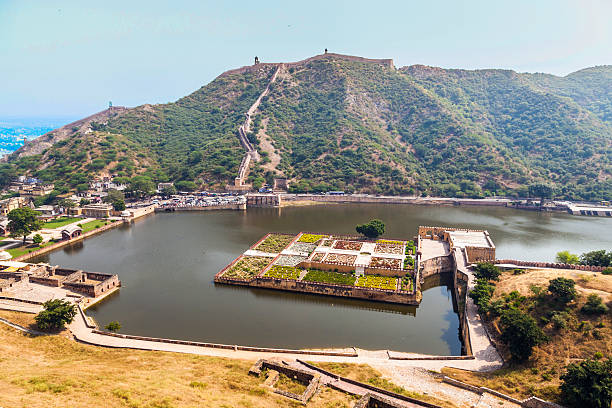
Gardens and views
Amer Fort Destination in Jaipur, Rajasthan. Gardens and views often go hand in hand, creating a harmonious and serene environment. Gardens are places of beauty, where nature’s colors, scents, and textures come together in a carefully curated space. They can be designed to evoke specific moods or themes, from tranquil Zen gardens to vibrant, colorful flower gardens bursting with life. Views, on the other hand, offer a different kind of beauty. Whether it’s a sweeping vista of rolling hills, a breathtaking ocean view, or a city skyline twinkling at night, views provide a sense of expansiveness and connection to the world beyond. They can inspire contemplation, wonder, and a deep appreciation for the natural or man-made wonders around us. When gardens and views are combined, the result can be truly magical. A garden with a stunning view becomes a sanctuary that invites you to relax, reflect, and immerse yourself in the beauty of both the cultivated and the wild. It’s a reminder of the interconnectedness of humanity and nature, and the importance of preserving and cherishing these spaces for generations to come.<br>
Experience and Activities in Amer Fort In Jaipur

Sound and Light Shows
Amer Fort Destination in Jaipur, Rajasthan. Sound and light shows are fascinating multimedia presentations that combine music, narration, sound effects, and visual effects such as lasers, projections, and lighting to create an immersive experience. These shows are often used to tell a story, showcase historical events, or highlight cultural themes in an entertaining and educational way.
In a typical sound and light show, a specially designed venue, such as an or a historical landmark, serves as the stage for the performance. A script or storyline is narrated either live or pre-recorded. The narration provides context, explanations, and guides the audience through the experience. Background music or thematic scores are synchronized with the narrative to evoke emotions and enhance the storytelling. These can include natural sounds like thunder, rain, or animal noises, as well as artificial sounds to create specific atmospheres or effects. This is where the “light” part comes in. Various technologies such as laser lights, projectors, LED screens, and special effects lighting are used to create stunning visuals that complement the narrative. In some cases, physical props or sets are used on stage to add depth and realism to the performance.
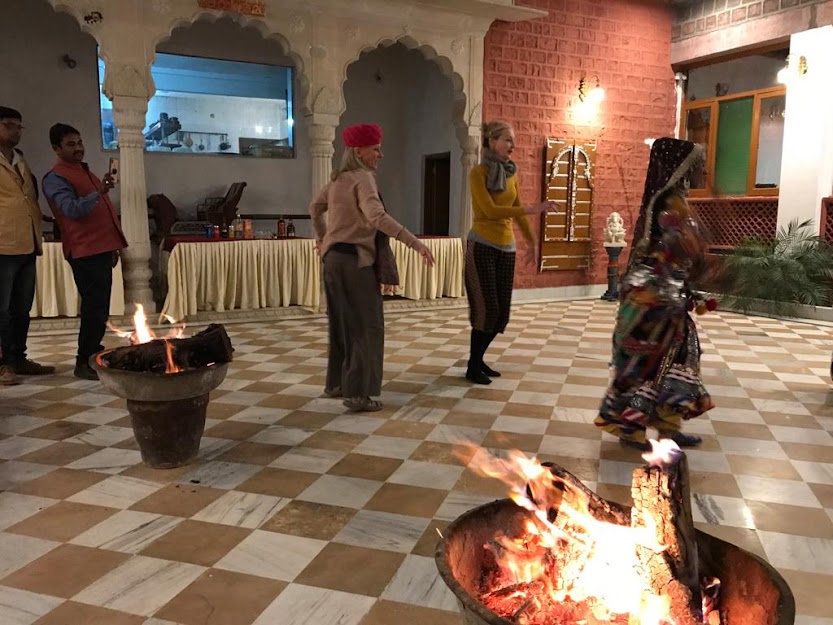
Cultural Events
Amer Fort Destination in Jaipur, Rajasthan Cultural events are wonderful opportunities for people to come together and celebrate the richness and diversity of human expression. These events can encompass a wide range of activities, including festivals, concerts, art exhibitions, theater performances, dance shows, food fairs, and more. They play a crucial role in promoting cultural exchange, fostering creativity, and preserving heritage. One of the most significant aspects of cultural events is their ability to bring communities closer and promote understanding among people from different backgrounds. They provide a platform for showcasing traditions, art forms, cuisines, and customs that might otherwise be overlooked or forgotten. Through participation in cultural events, individuals can learn about and appreciate various cultures, fostering respect and empathy. Moreover, cultural events contribute significantly to the local economy by attracting tourists, supporting local artisans and performers, and boosting hospitality and retail sectors. They also serve as catalysts for urban revitalization, often revitalizing neighborhoods and creating vibrant cultural hubs.
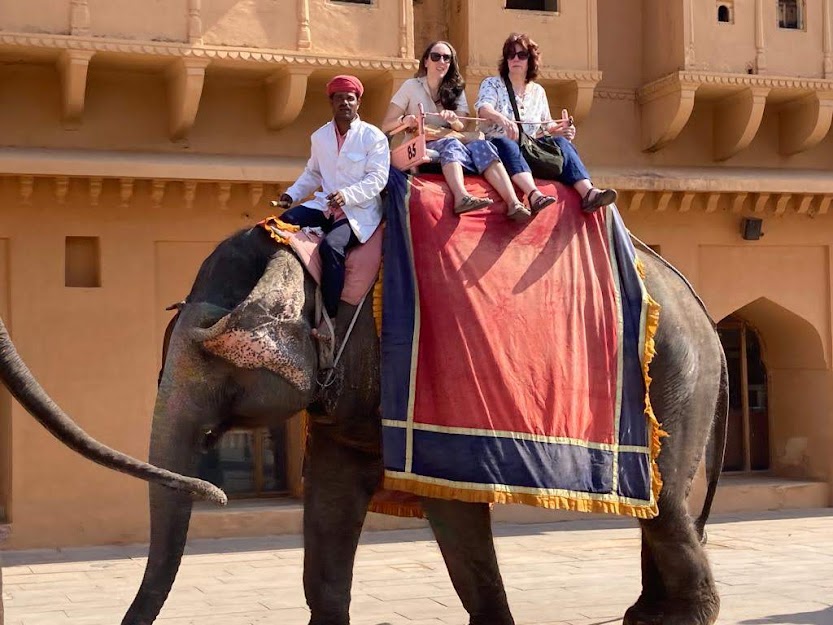
Elephant Ride at Amer Fort
The elephant ride at Amer Fort in Jaipur located near Jaipur in Rajasthan, India, has been a popular tourist attraction for many years. Visitors have historically enjoyed riding on elephants as they ascend the hill to the fort’s entrance, providing a picturesque and memorable experience.
Traditionally, visitors could enjoy elephant rides up to the fort’s entrance. However, in recent years, there has been a shift towards more eco-friendly alternatives, like jeeps or walking tours.
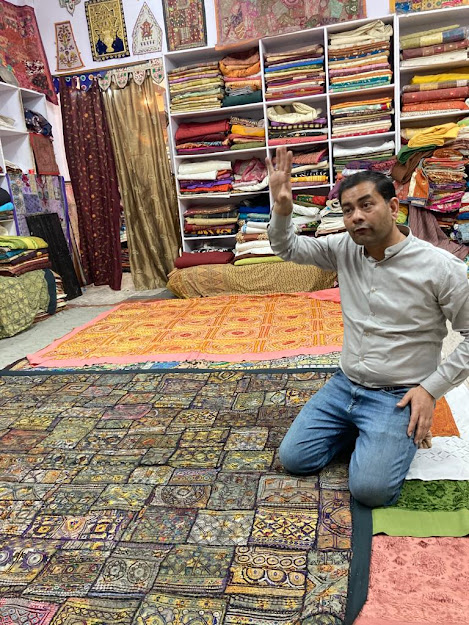
Best Places Shopping in Jaipur
Shopping in Jaipur is such a treat! You’ll find vibrant textiles like block-printed fabrics and embroidered garments, beautiful jewelry including Kundan and Meenakari pieces, and traditional handicrafts like blue pottery and Rajasthani puppets. Do you have a specific item in mind or need tips on where to shop?
Inside the fort complex, you’ll find shops selling traditional Rajasthani handicrafts, textiles, and souvenirs. There are also cafes and restaurants where you can enjoy Rajasthani cuisine while taking in the fort’s ambiance.
Best time to Visit in Amer Fort Place Jaipur and Entry Fees-
1. Indian Nationals:
Entry Fee: Around ₹100 to ₹200 per person.
Additional Fees: If you wish to visit specific areas like the Sheesh Mahal or take an elephant ride, there may be extra charges ranging from ₹50 to ₹200 per person for each attraction.
2. Foreign Nationals:
Entry Fee: Approximately ₹500 to ₹1000 per person.
Additional Fees: Similar to Indian nationals, additional charges apply for specific attractions and services.
3.Photography and Videography:
Photography Permit:
Around ₹50 to ₹200 per camera, depending on the type of camera (still camera or video camera).
Commercial Photography: If you’re a professional photographer or videographer, there may be commercial fees applicable.
4. Other Services:
Elephant Ride: The cost of an elephant ride varies but is typically between ₹1000 to ₹1500 per person for a round trip.
Guided Tours: If you opt for a guided tour, prices can range from ₹200 to ₹500 per person, depending on the duration and depth of the tour for Amer fort in Jaipur, Rajasthan.

